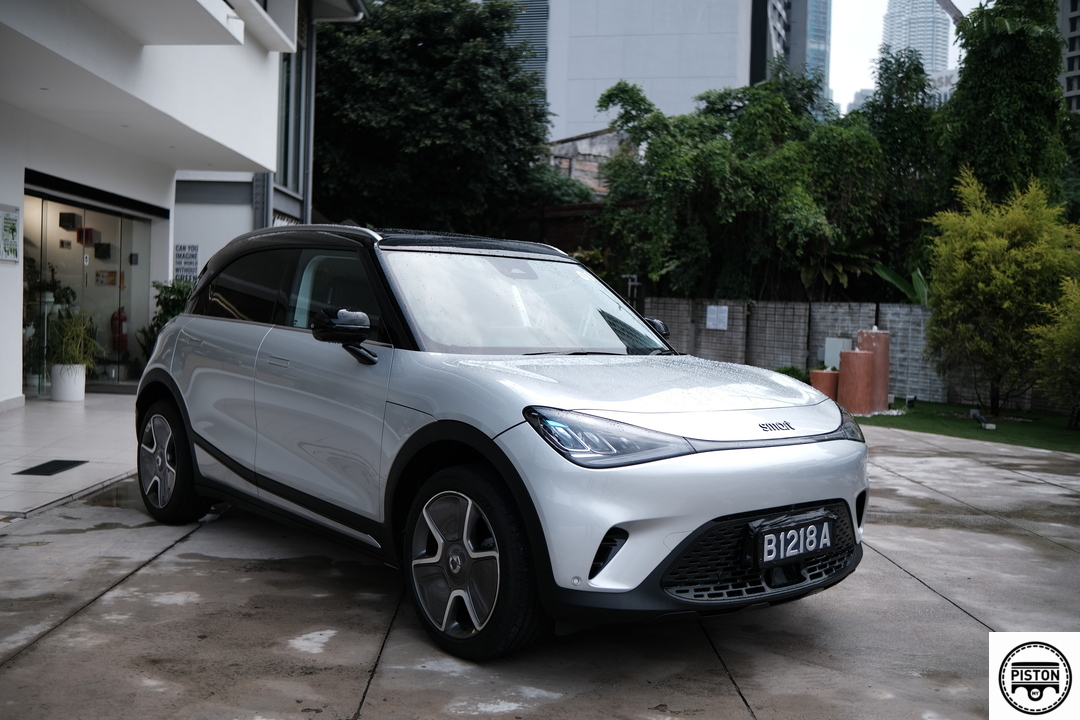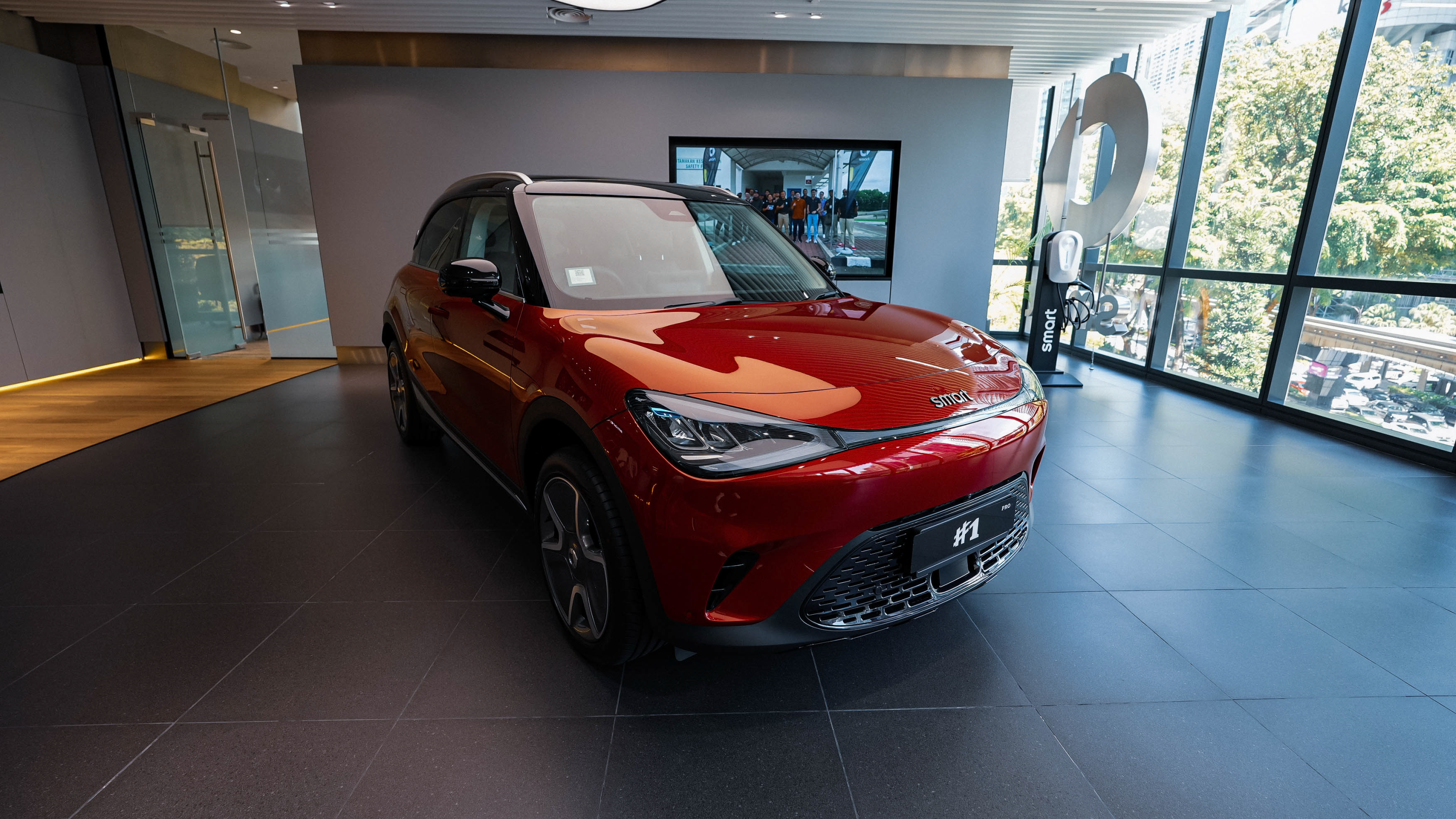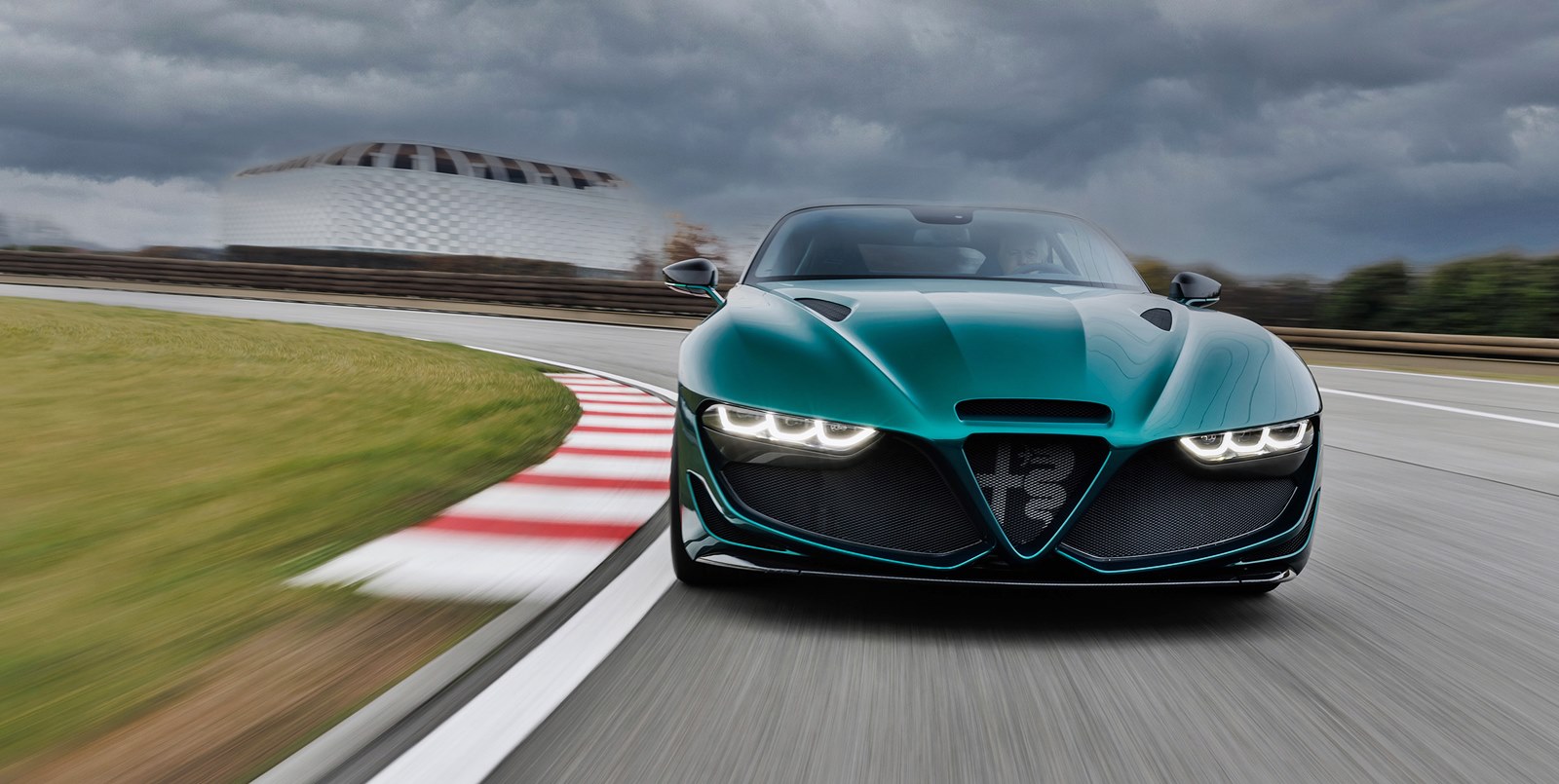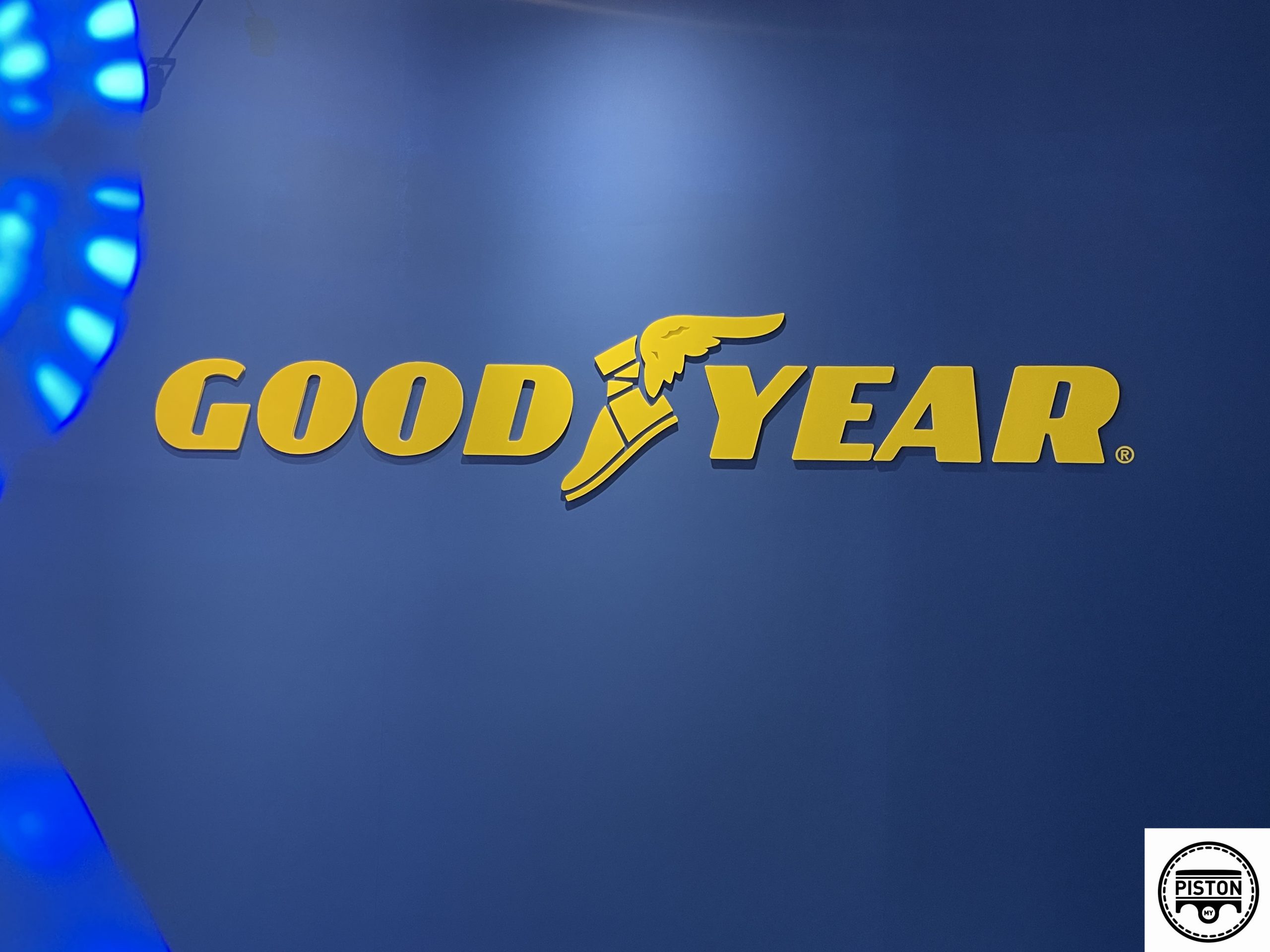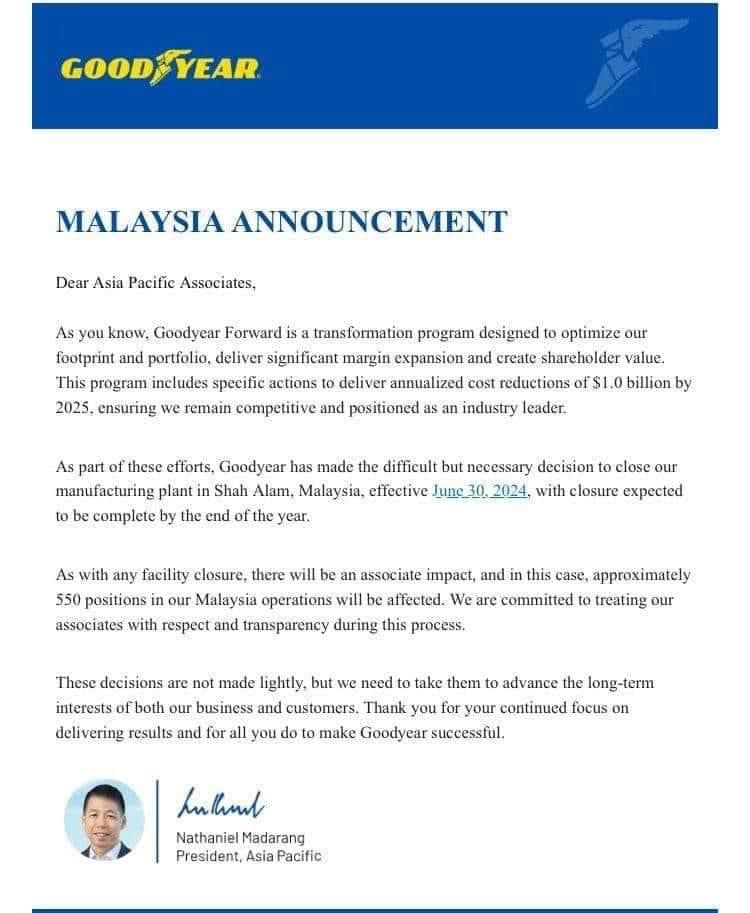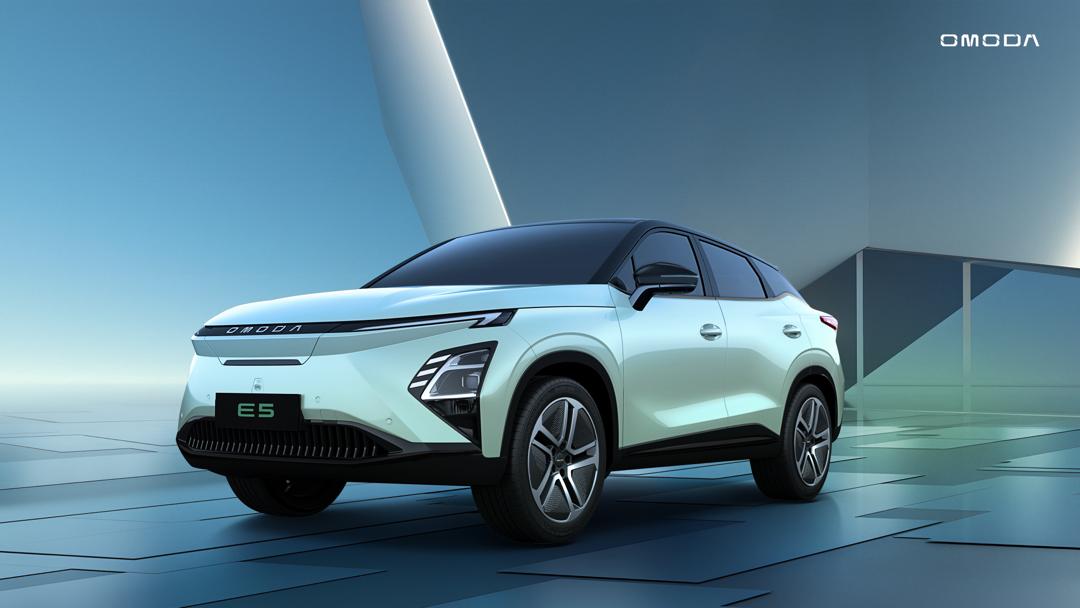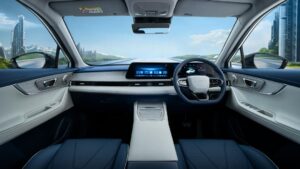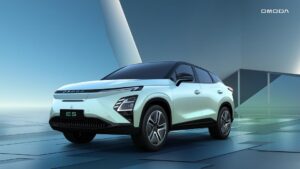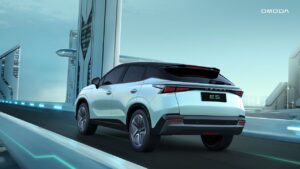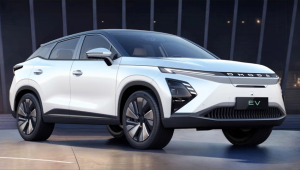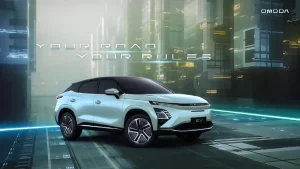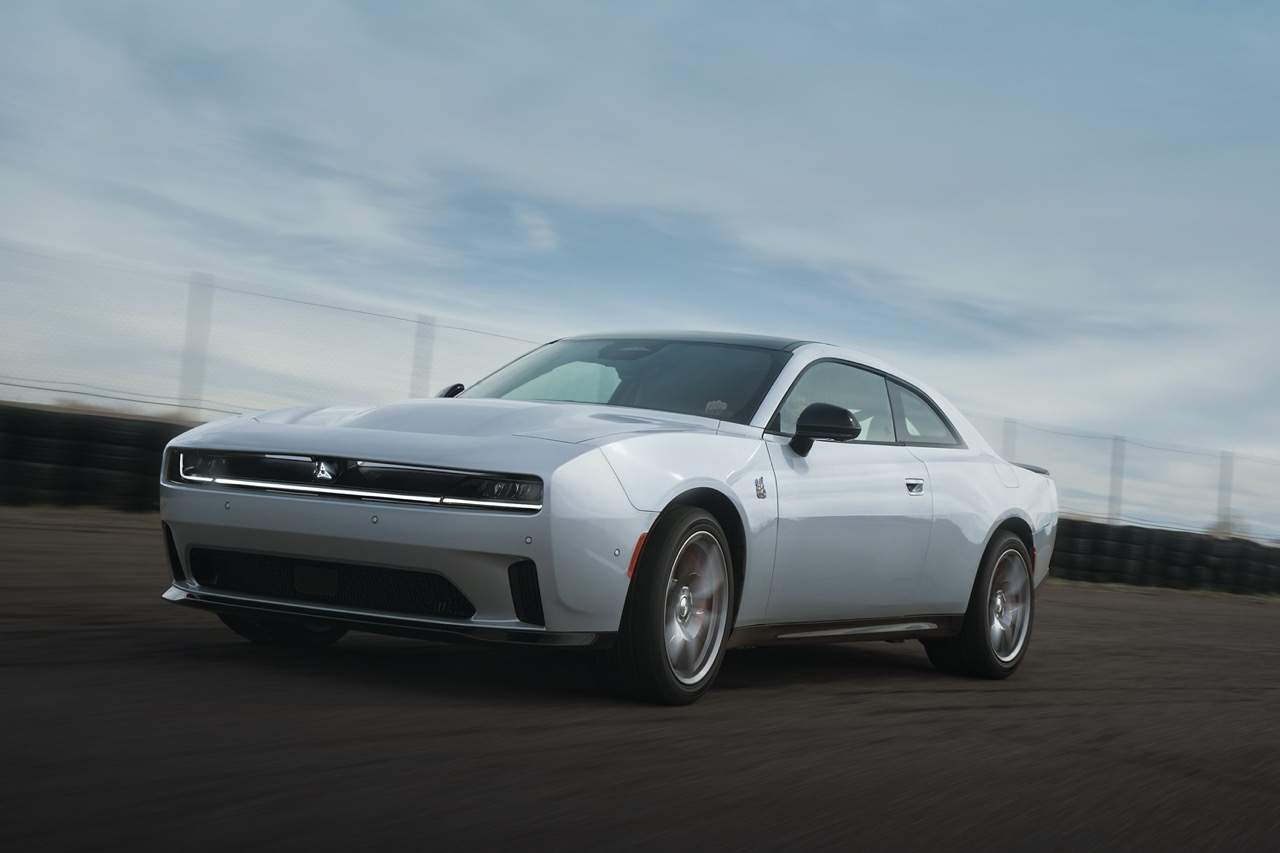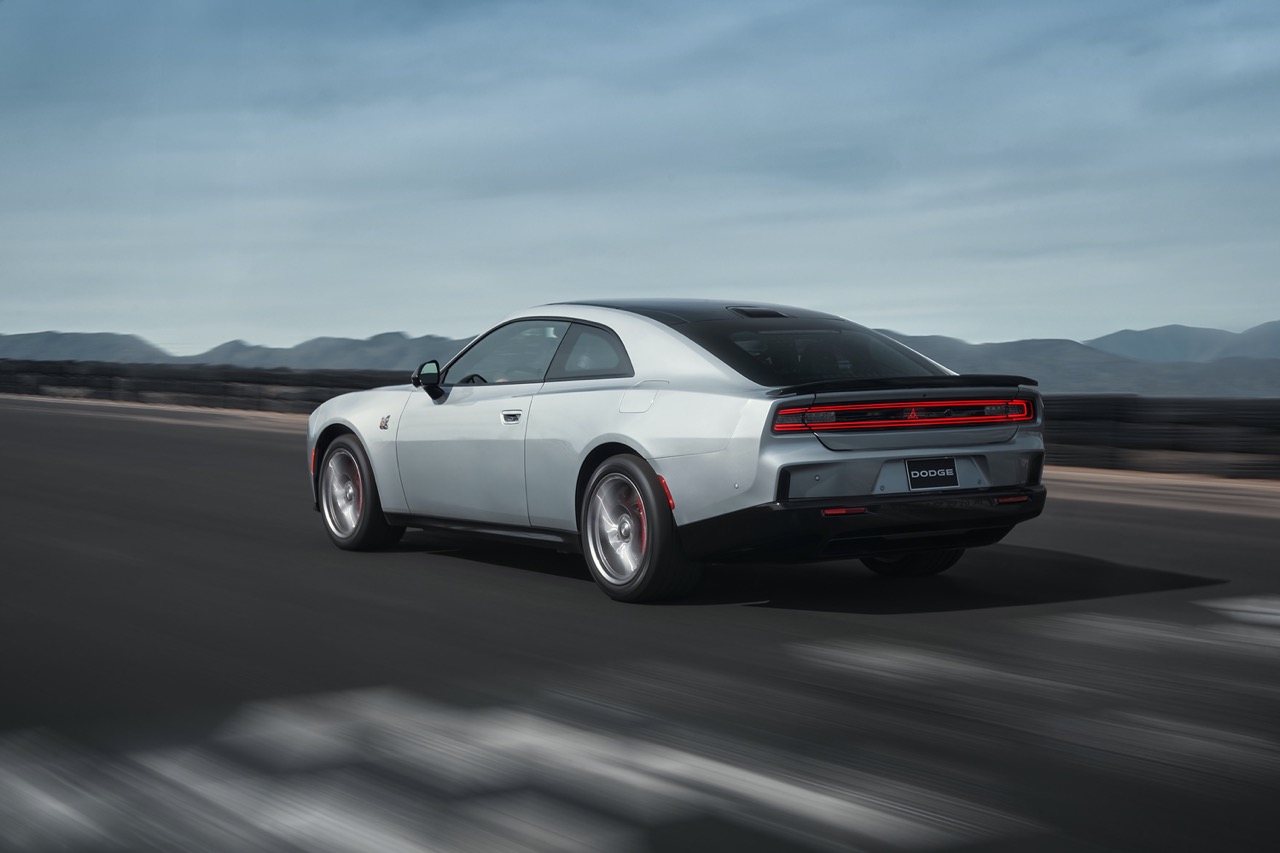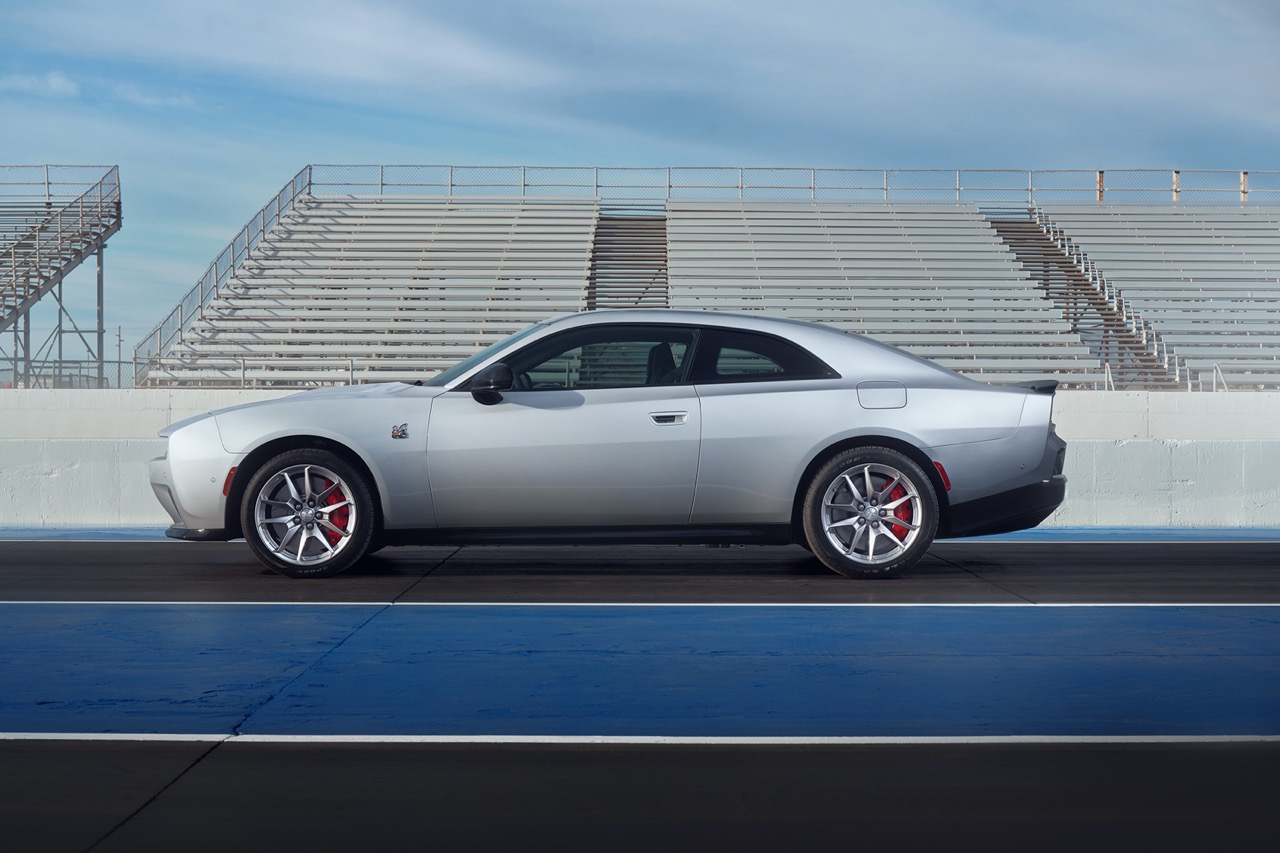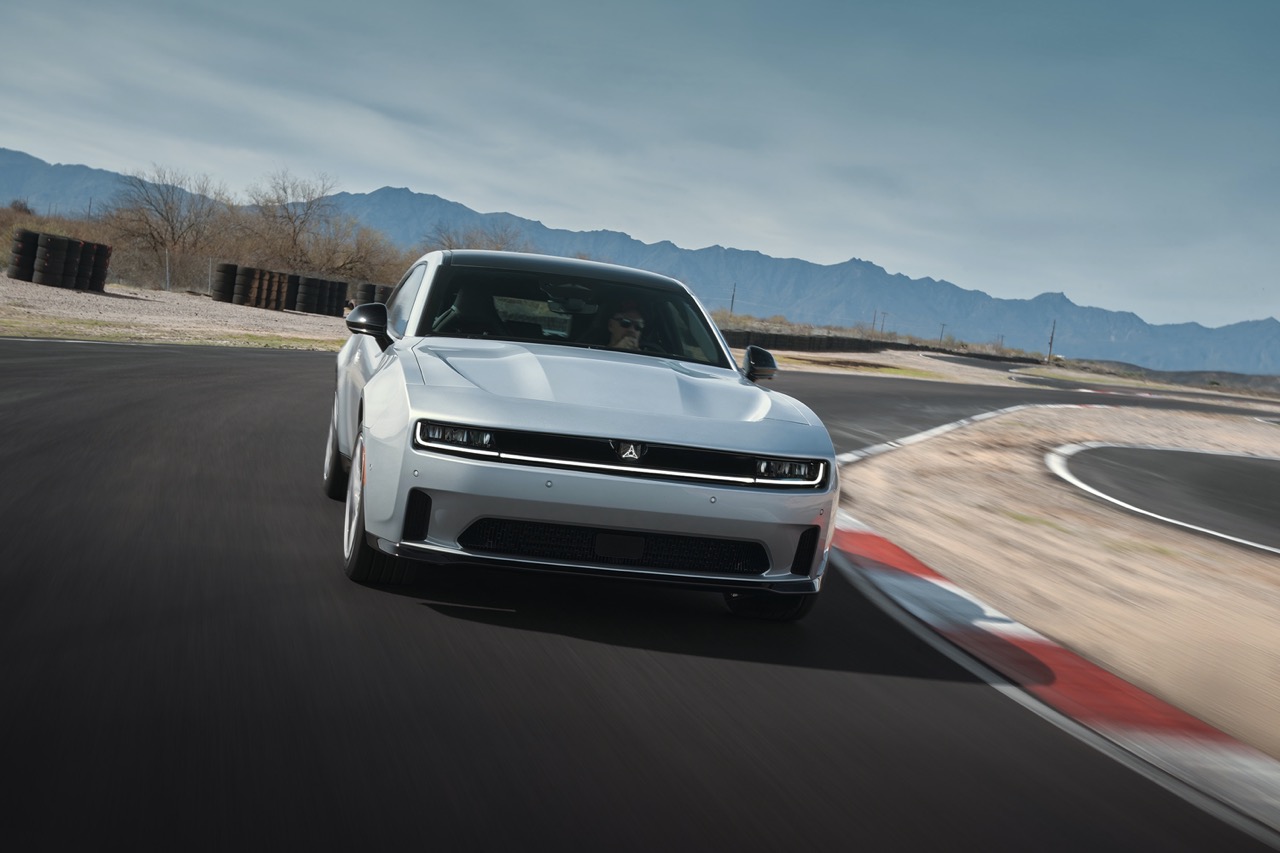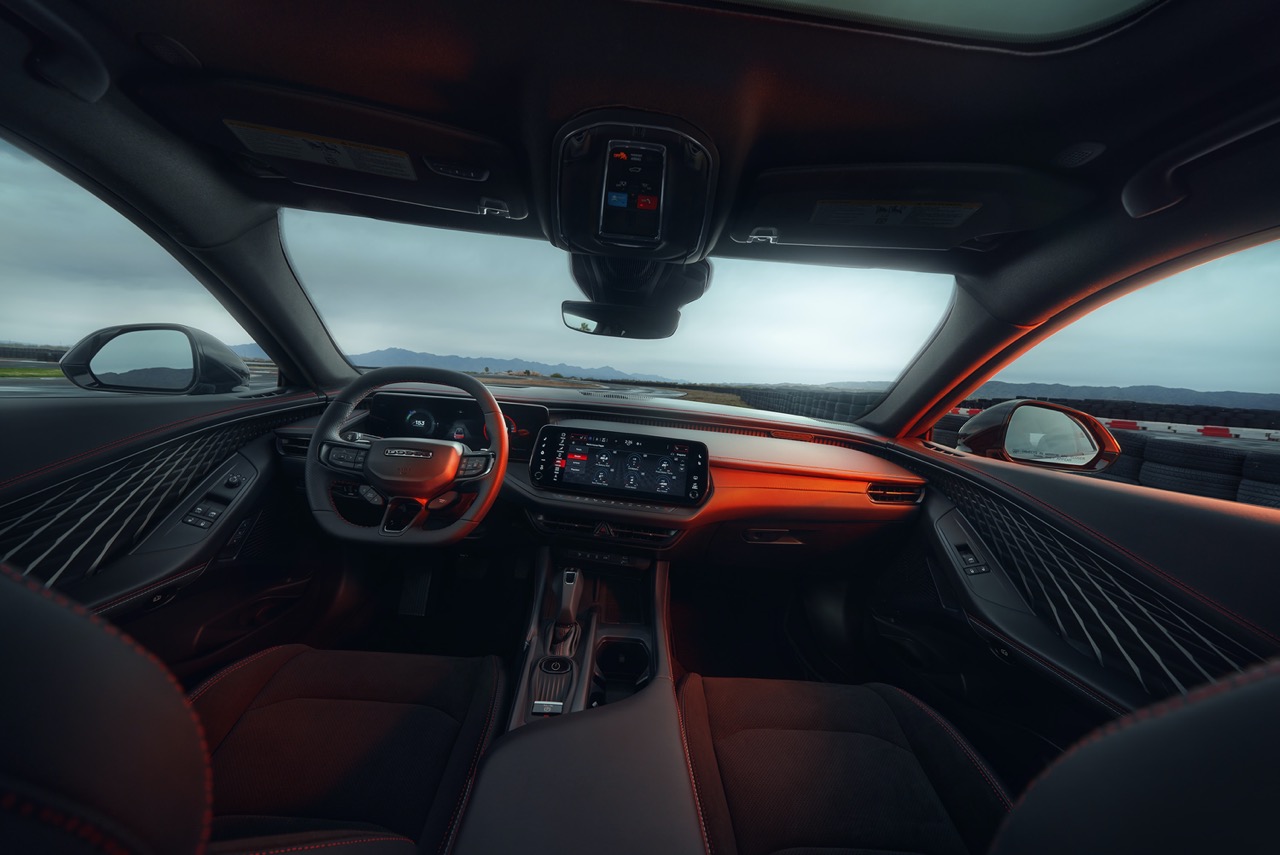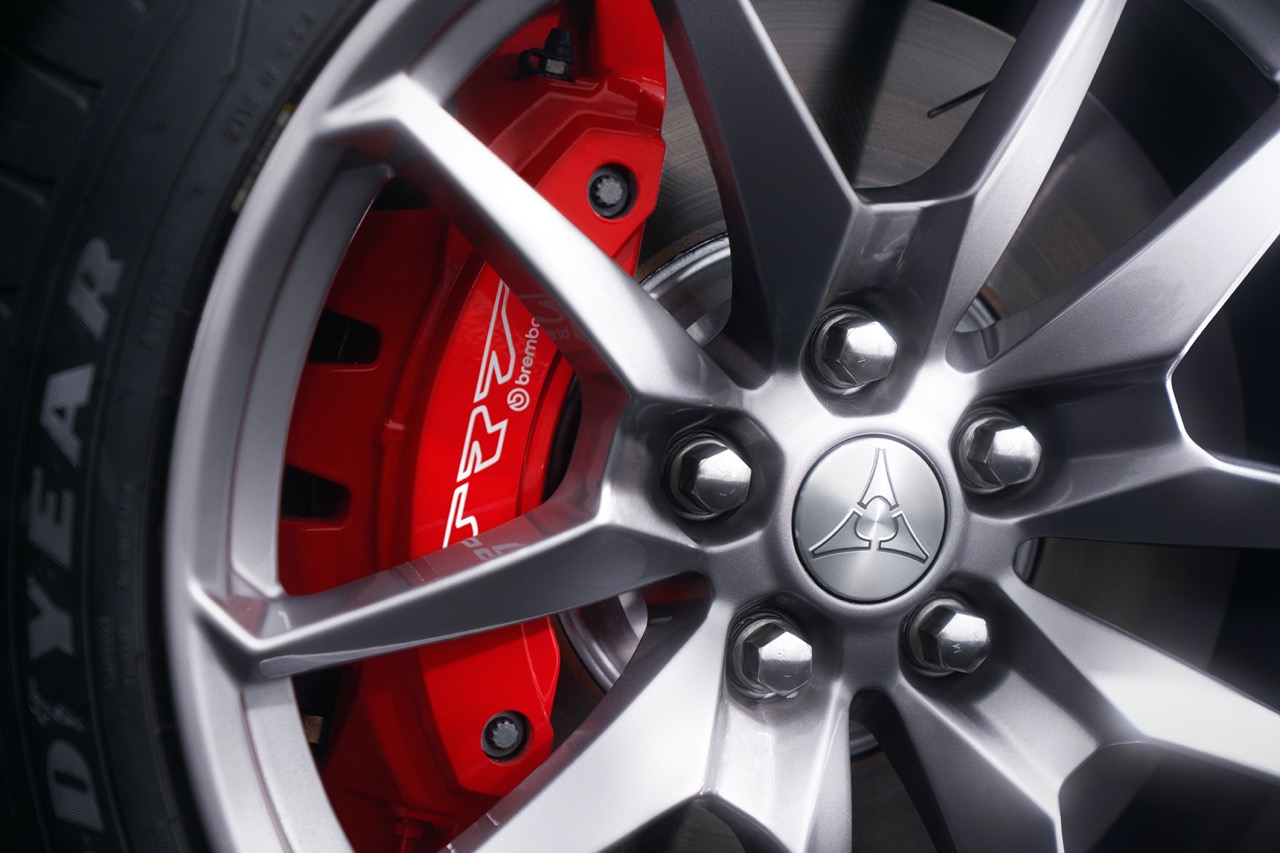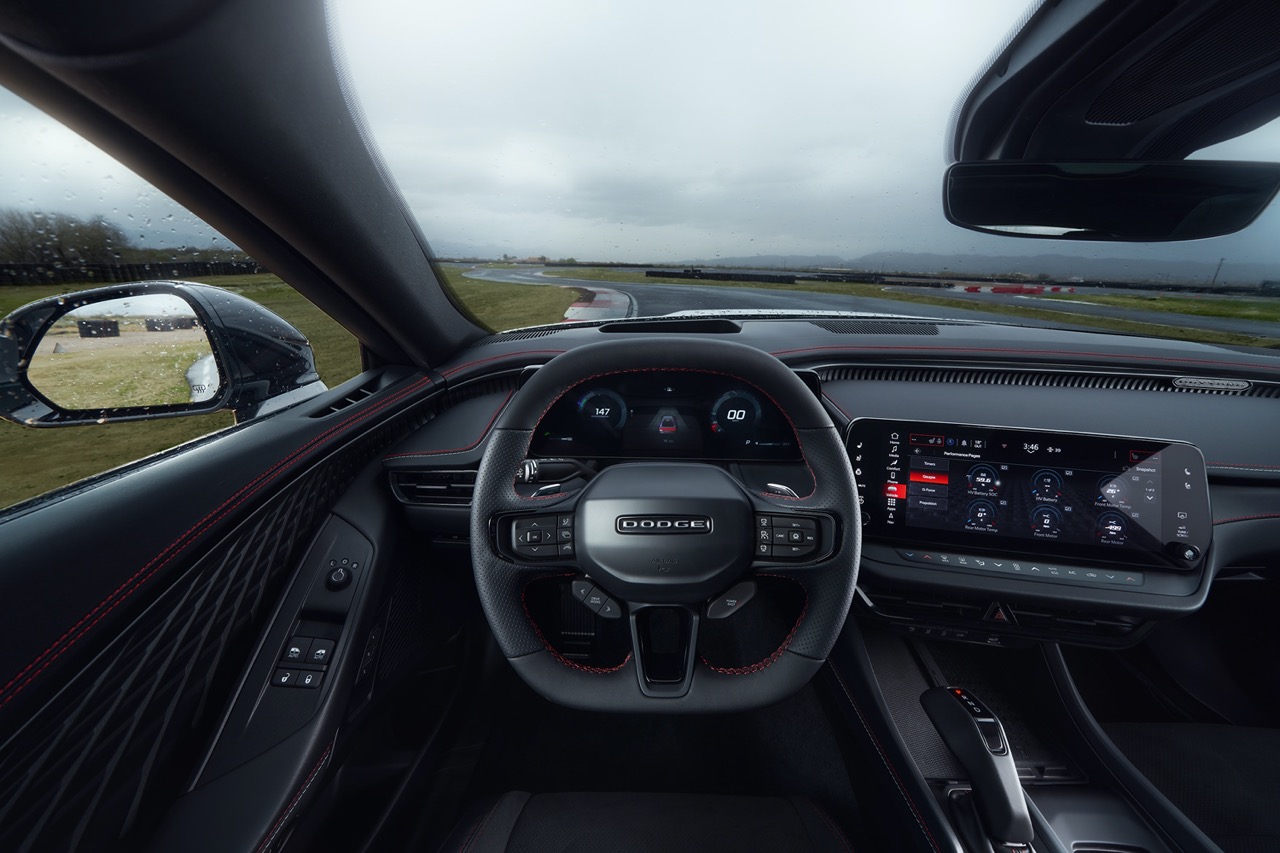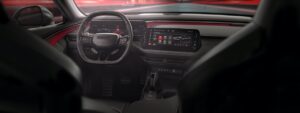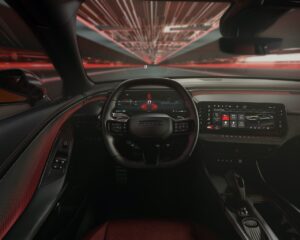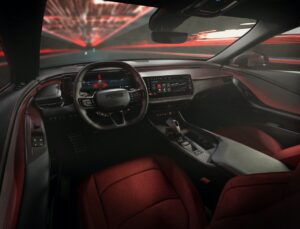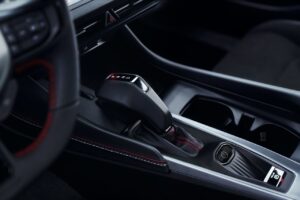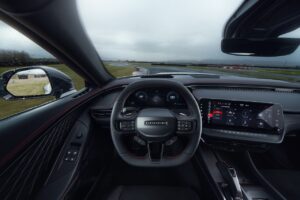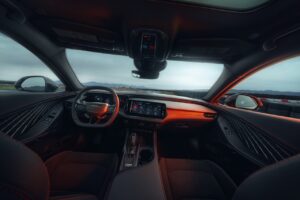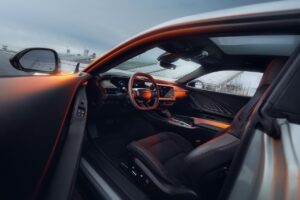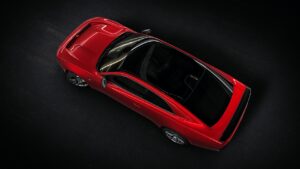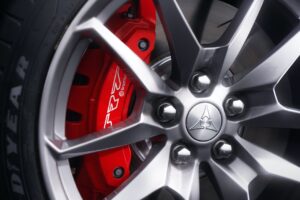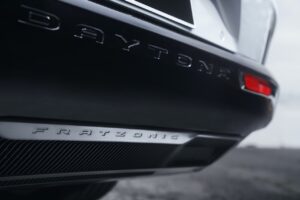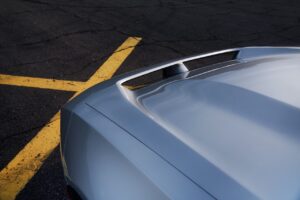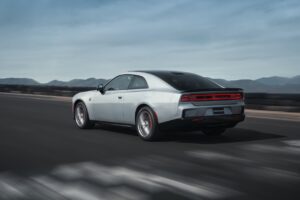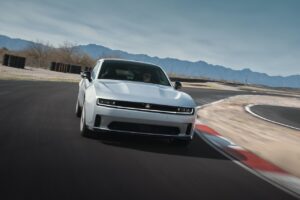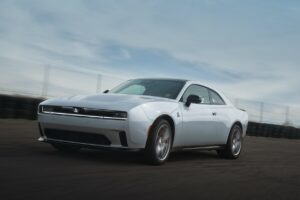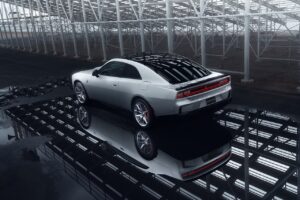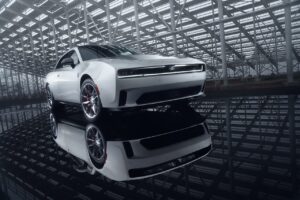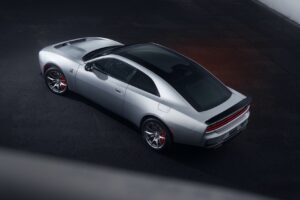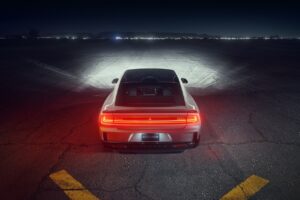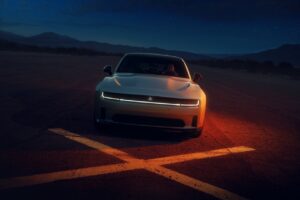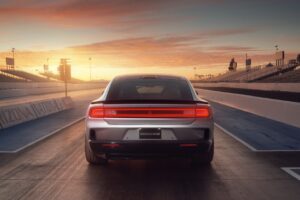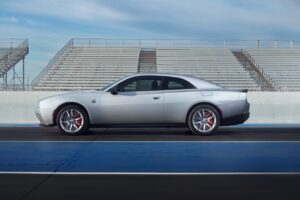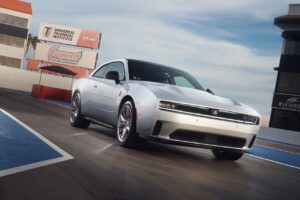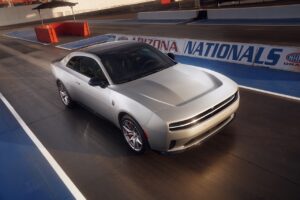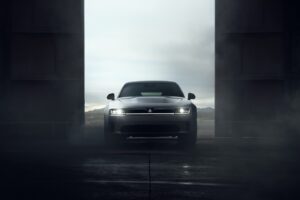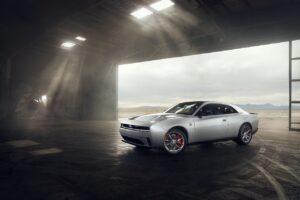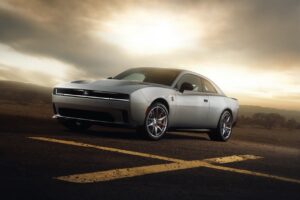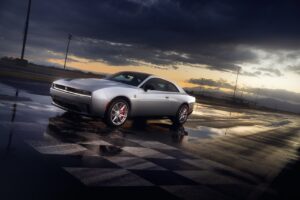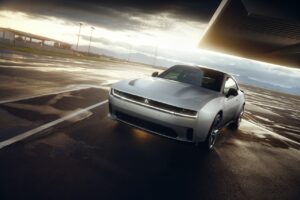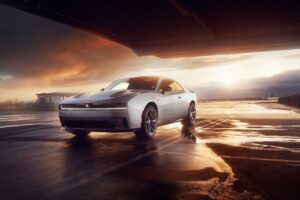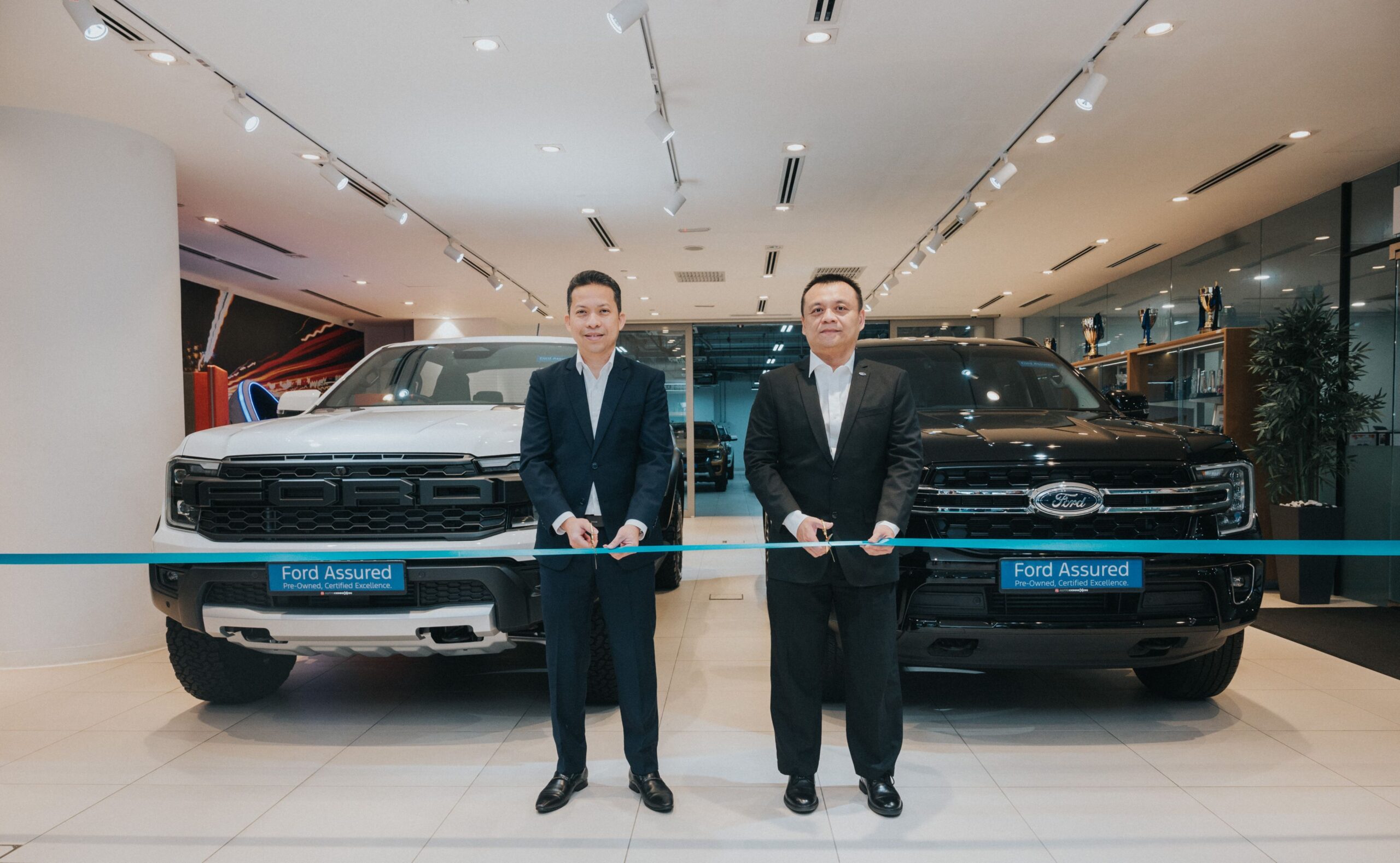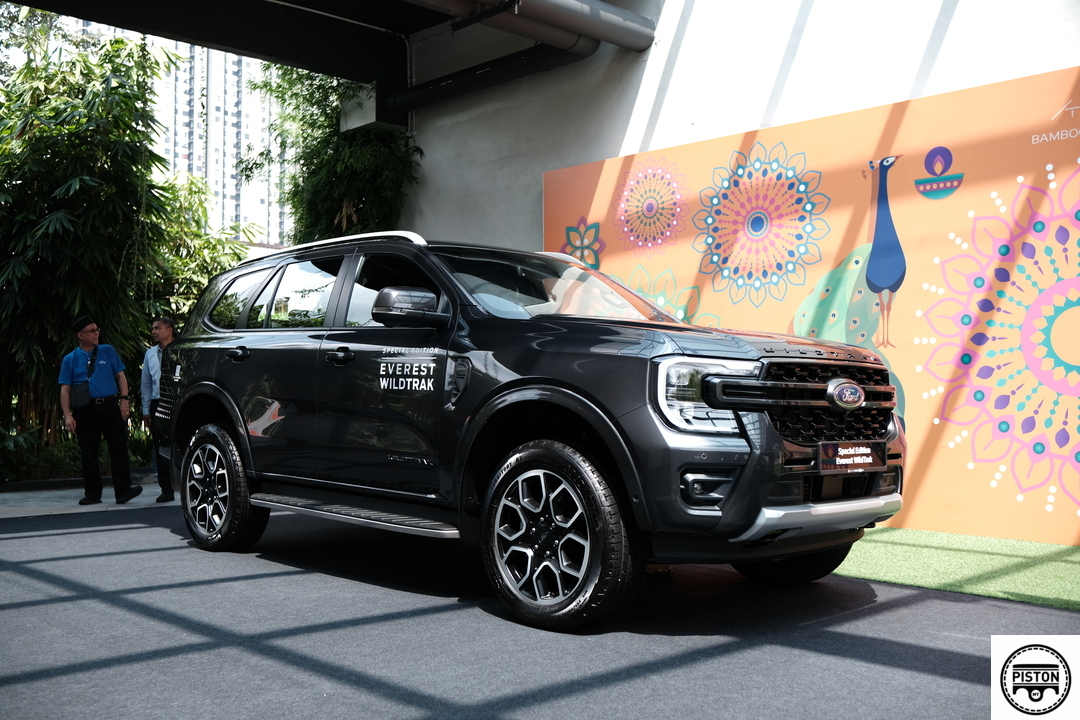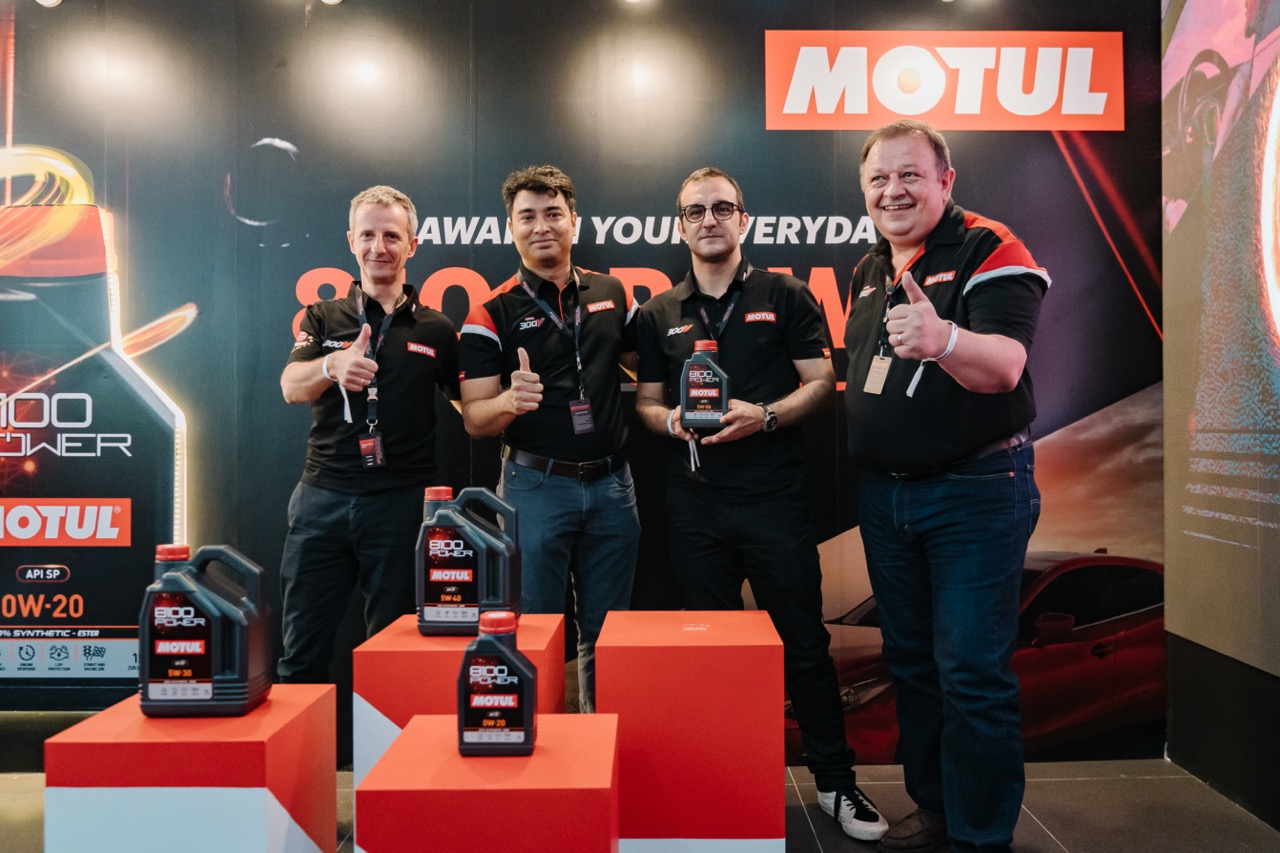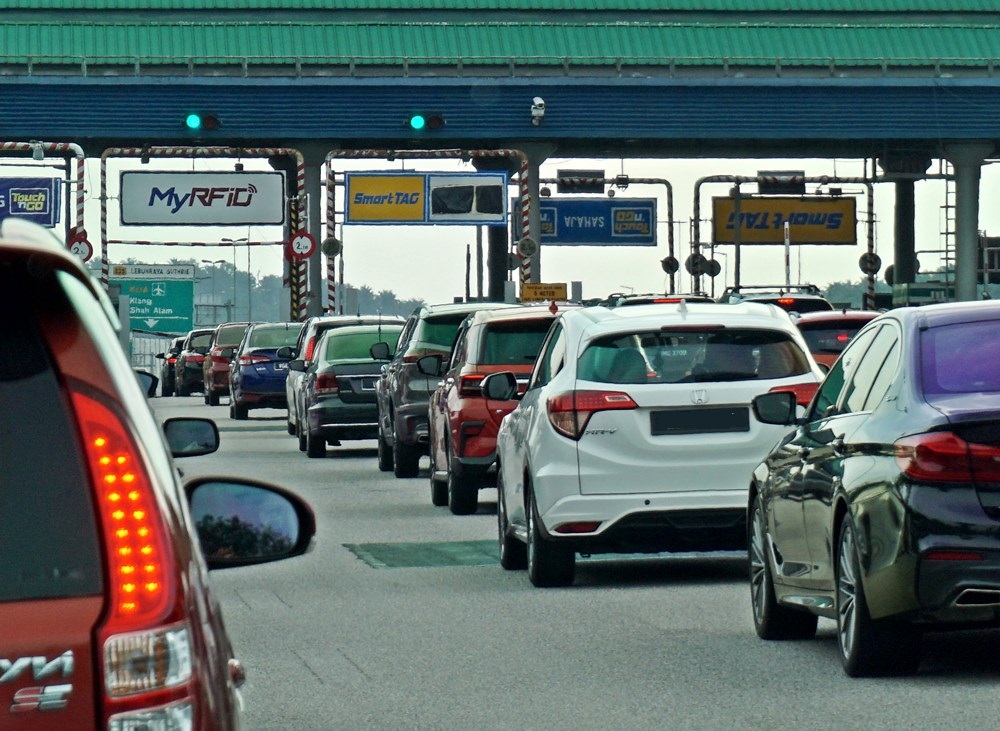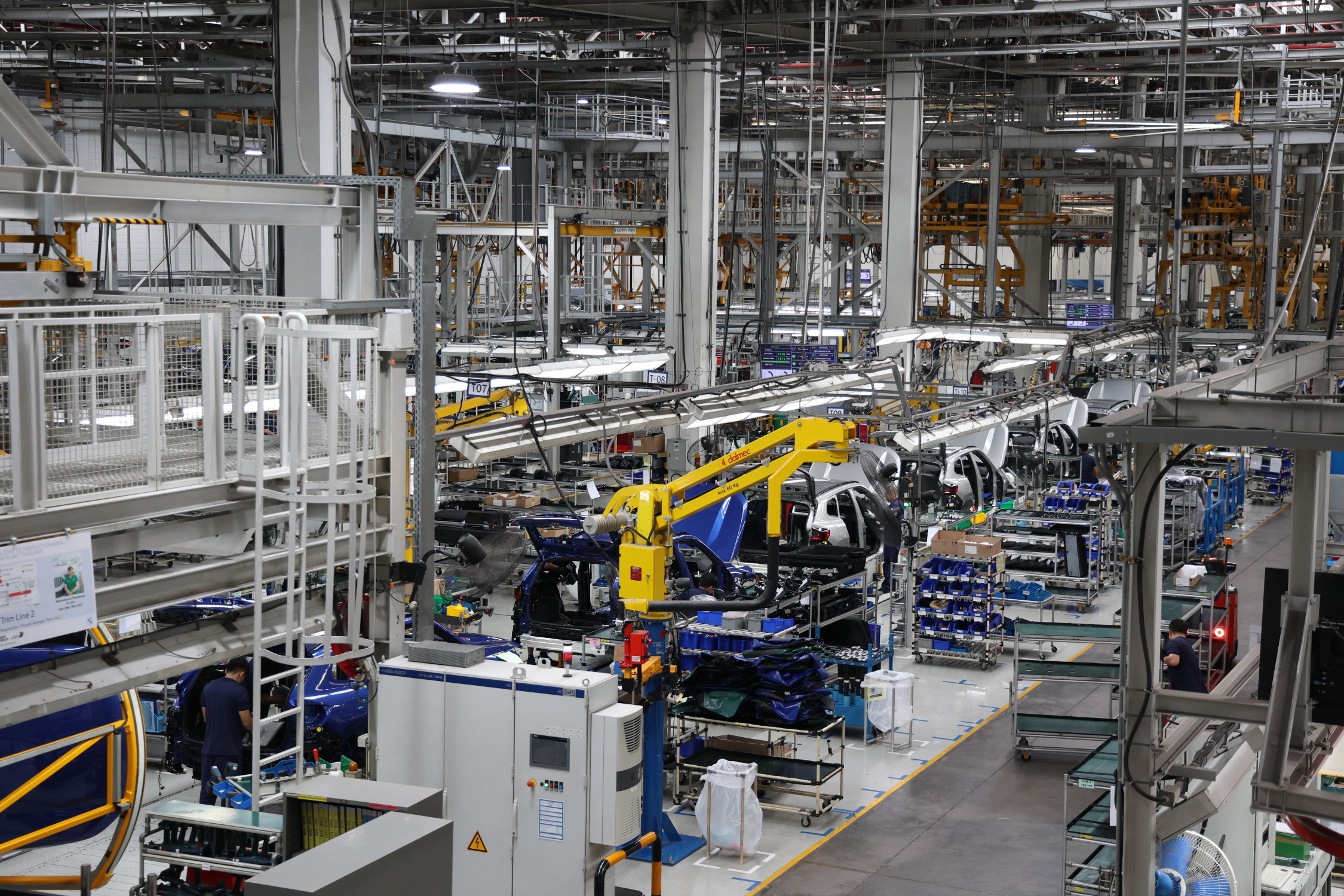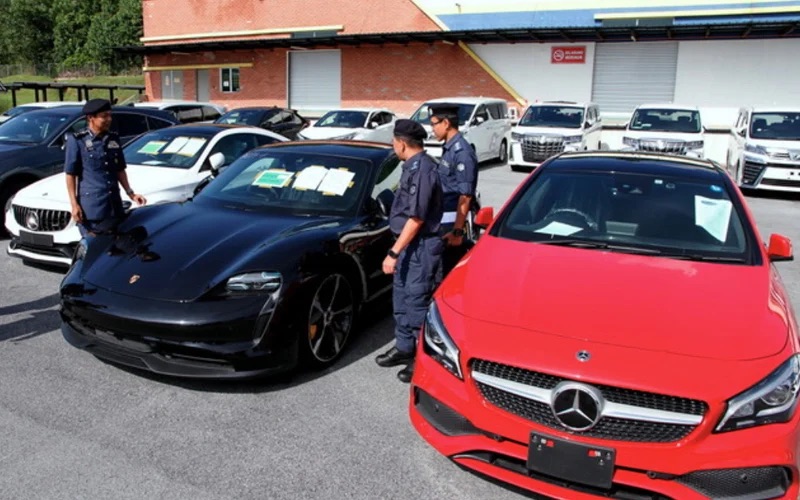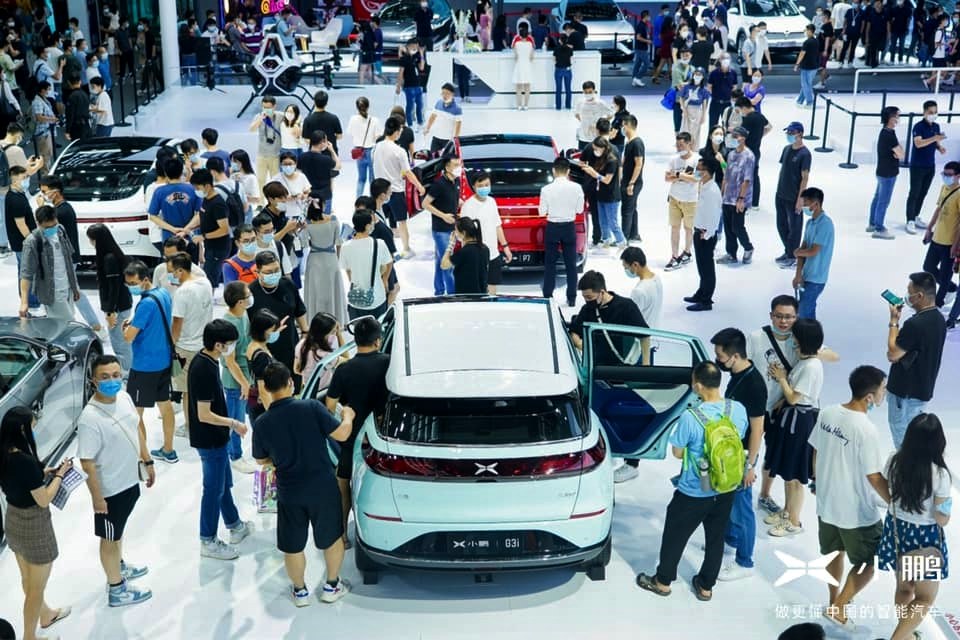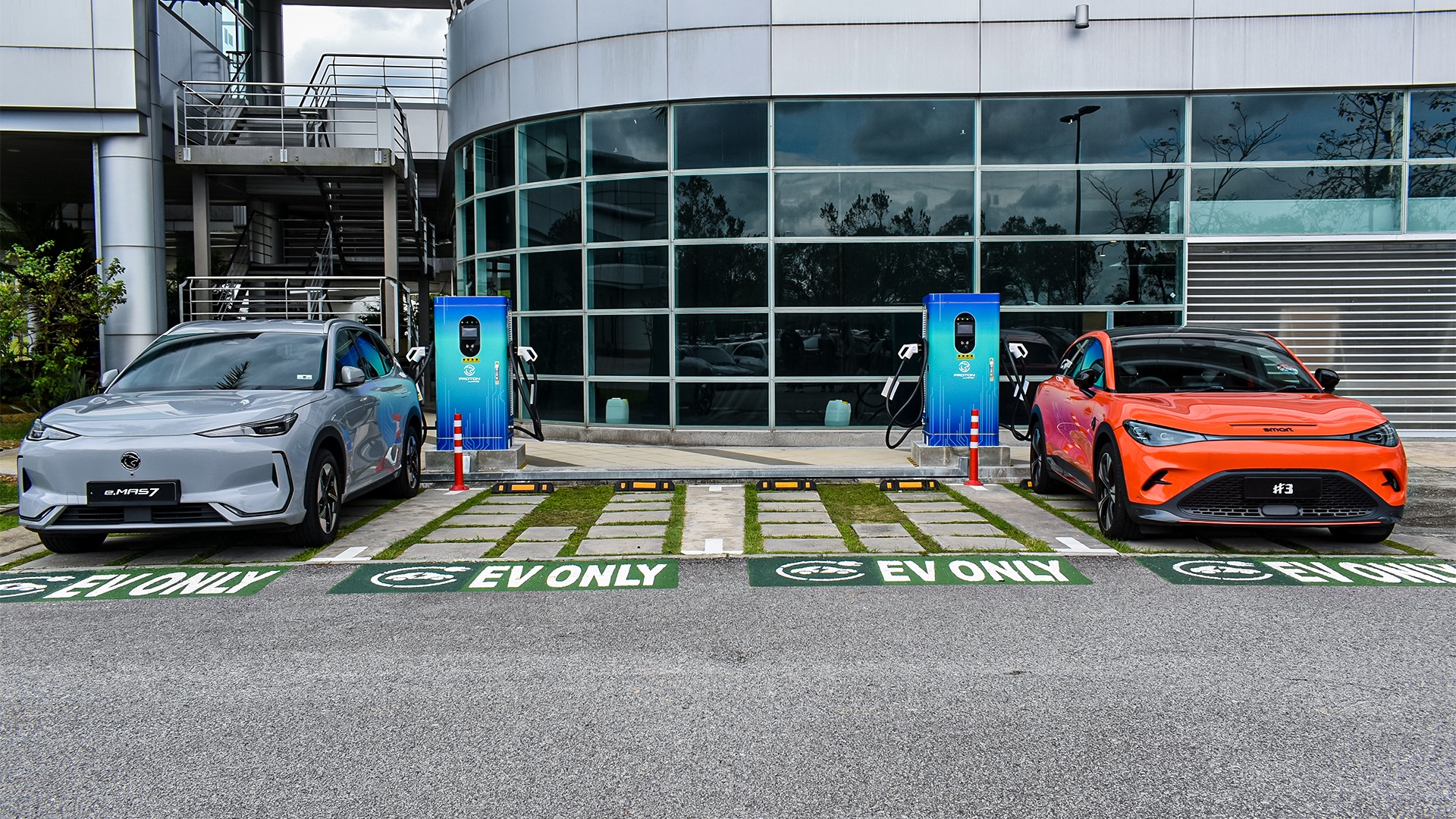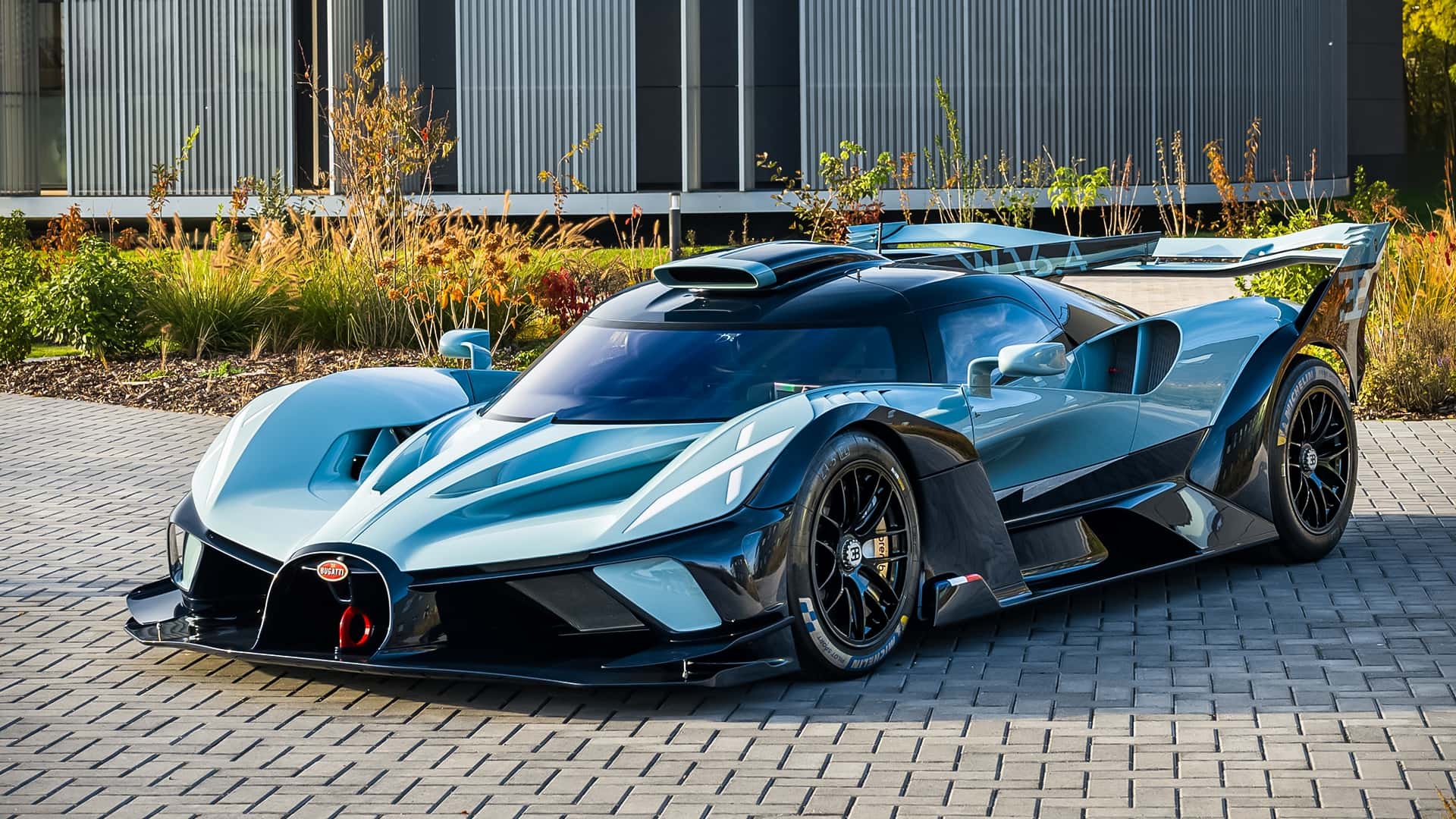Chery Malaysia welcomes the arrival of its first electric vehicle in Malaysia, the Chery Omoda E5, marking a significant milestone in the nation’s journey towards sustainable mobility. The Omoda E5 promises to not only enhance Malaysia’s green transportation landscape but also provide Malaysian consumers with a safe and eco-friendly travel experience.
Executive Vice President Leo Chen emphasised the strategic importance of local assembly operations for the E5, making it the first Chinese electric vehicle to be assembled in Malaysia. Chen highlighted the economic benefits, including job creation and support for Malaysia’s ambition to become a regional hub for electric vehicles.

Moreover, Chery Malaysia introduced its Environmental, Social, and Governance (ESG) initiative, aimed at promoting sustainability and eco-friendly practices among stakeholders.
The Omoda E5 features a powerful 3-in-1 flat-wire motor and advanced electronic control systems, offering a unique blend of strength and technology for an elevated driving experience. With benefits such as ultra-low power consumption, long-range capabilities, and fast charging, it ensures both efficiency and convenience for drivers.
The E5 is powered by a 61kWh high-capacity lithium iron phosphate blade battery ensuring long-range and swift charging while enhancing its eco-friendliness. Delivering an impressive 201hp and 340Nm of torque, while boasting a remarkable Worldwide Harmonised Light Vehicle Test Procedure (WLTP) 430km range.
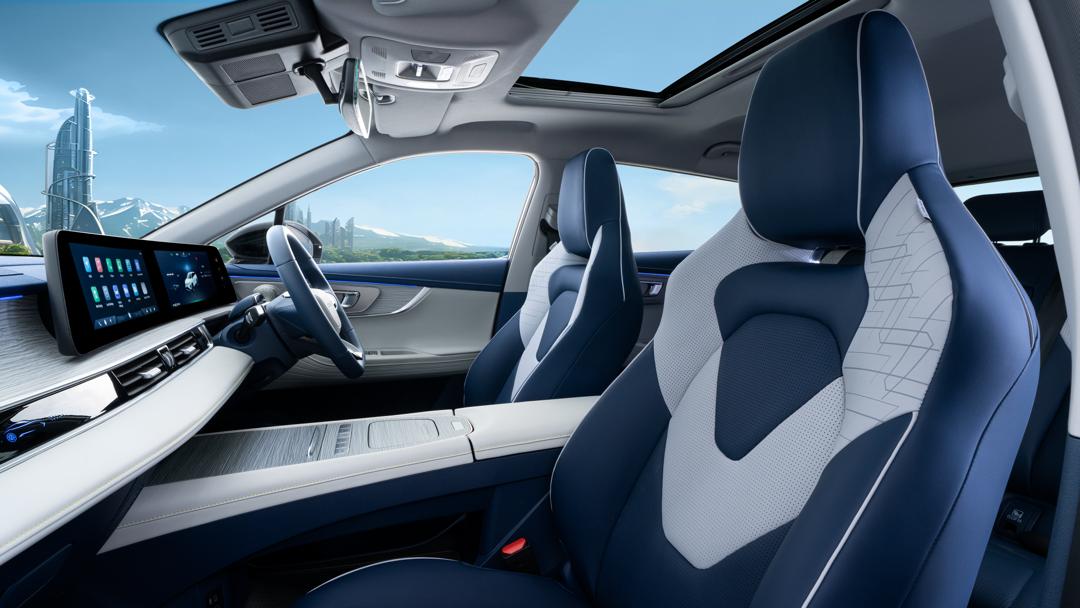
Equipped with the latest ADAS 2.5 system, the OMODA E5 prioritises safety with 17 advanced functions, ensuring a secure driving experience for all occupants. These functions include Front Collision Warning (FCW) and Autonomous Emergency Braking (AEB) to prevent collisions, Adaptive Cruise Control (ACC) for maintaining safe distances, and Lane Departure Warning (LDW) to alert drivers when drifting out of lanes.
Other features such as Multi Collision Brake (MCB), Traffic Jam Assistant (TJA), and Door Open Warning (DOW) enhance safety in various driving scenarios. Rear Cross Traffic Braking (RCTB), Rear Cross Traffic Alert (RCTA), and Rear Collision Warning (RCW) provide additional protection while reversing or in traffic. Integrated Cruise Assist (ICA) works with ACC for smoother driving, while Lane Change Assist (LCA) and Lane Departure Prevention (LDP) aid in safe lane changes and lane-keeping.
The SUV also features Driving Monitoring System (DMS) for monitoring driver behavior and Blind-spot Detection (BSD) for detecting vehicles in adjacent lanes. Emergency Lane Keeping (ELK) intervenes in emergency situations, and a Departure Reminder prompts occupants to check the rear seats before exiting.
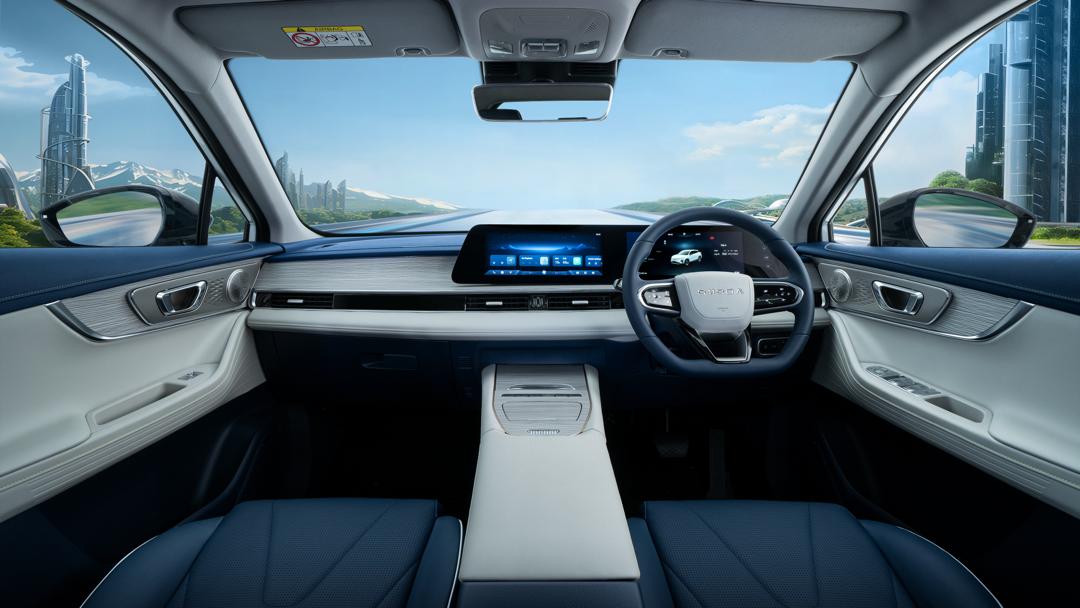
The intelligent cockpit, powered by a Qualcomm 8155 chip, provides seamless human-vehicle interaction, complemented by a 24.6-inch curved 2K HD dual-screen for an immersive visual experience. Additionally, a Premium Sony Sound System and dynamic ambient lighting enhance the entertainment value of the vehicle.
The E5 offers a luxurious and spacious interior, with customisable options and high-quality materials ensuring comfort and style. With ample cargo space and generous dimensions, the E5 combines elegance with practicality, making every journey a delightful experience.
Priced at RM146,800, the Omoda E5 comes with an outstanding 7-year or 150,000km vehicle warranty, an impressive 8-year or 160,000km battery warranty, and an equally robust 8-year or 160,000km drive unit warranty. Additionally, Chery Malaysia offers complimentary charging facilities for the first 2000 bookings, including a wall box charger, V2L charger, and charging credits worth RM1000 at EVC roaming.



